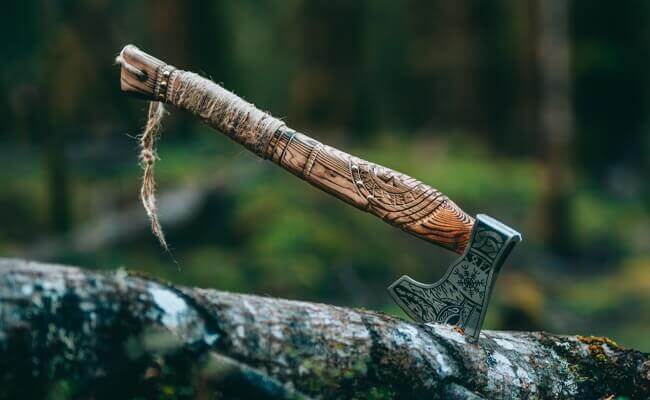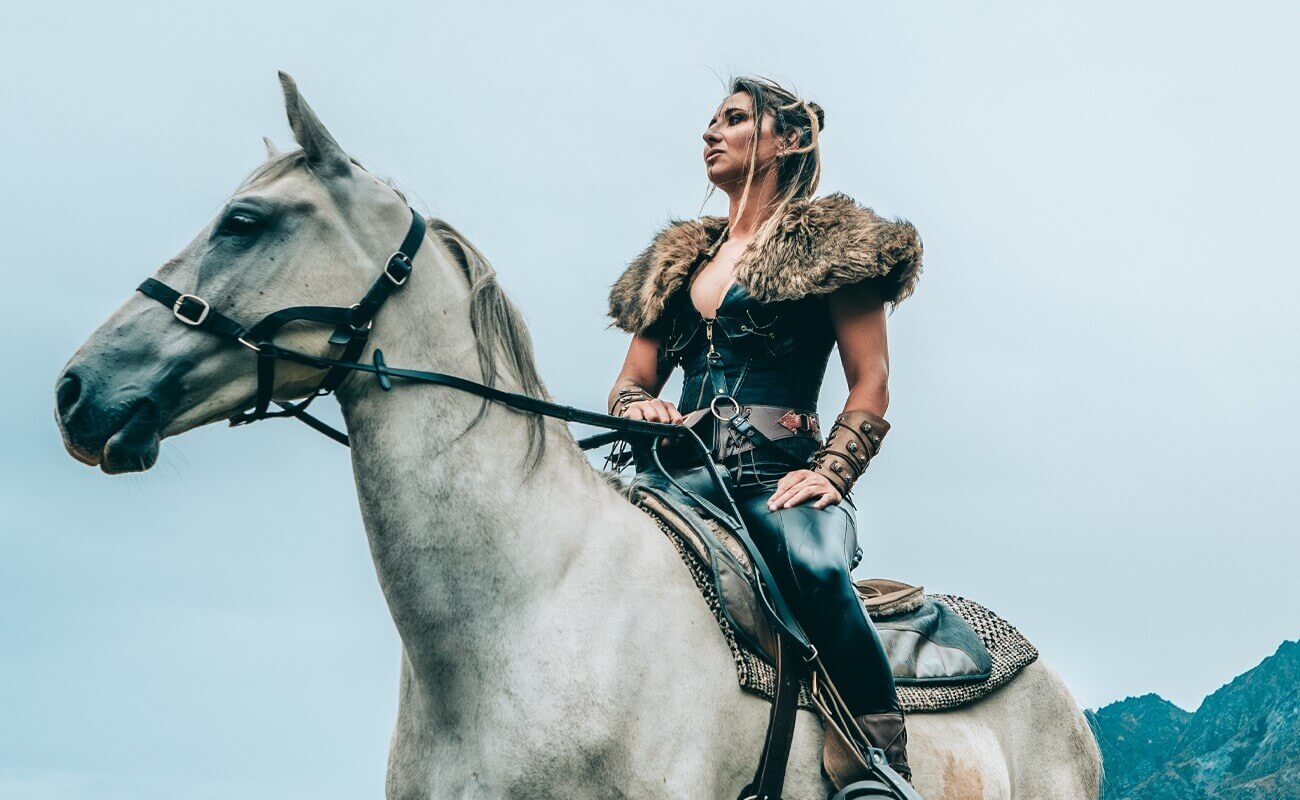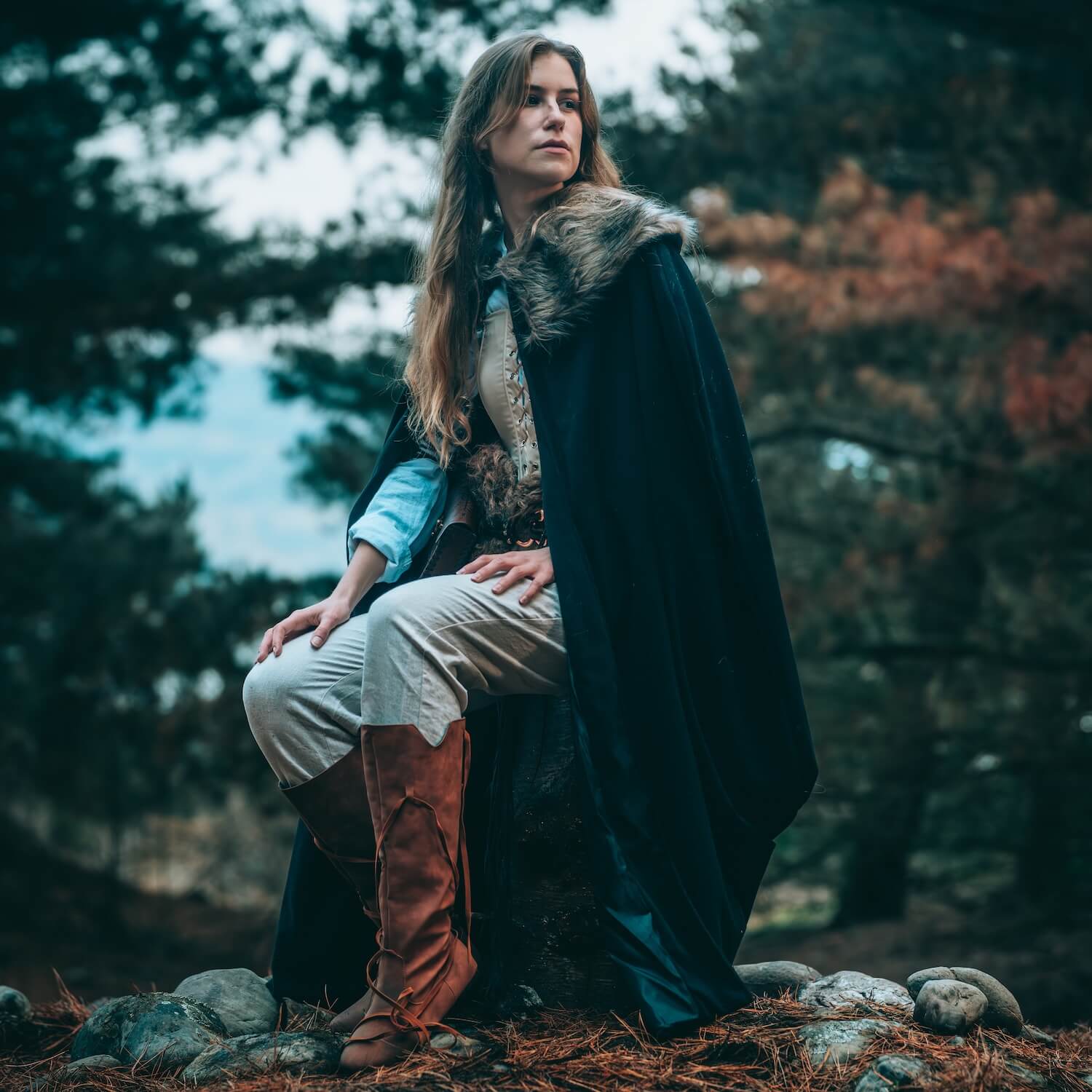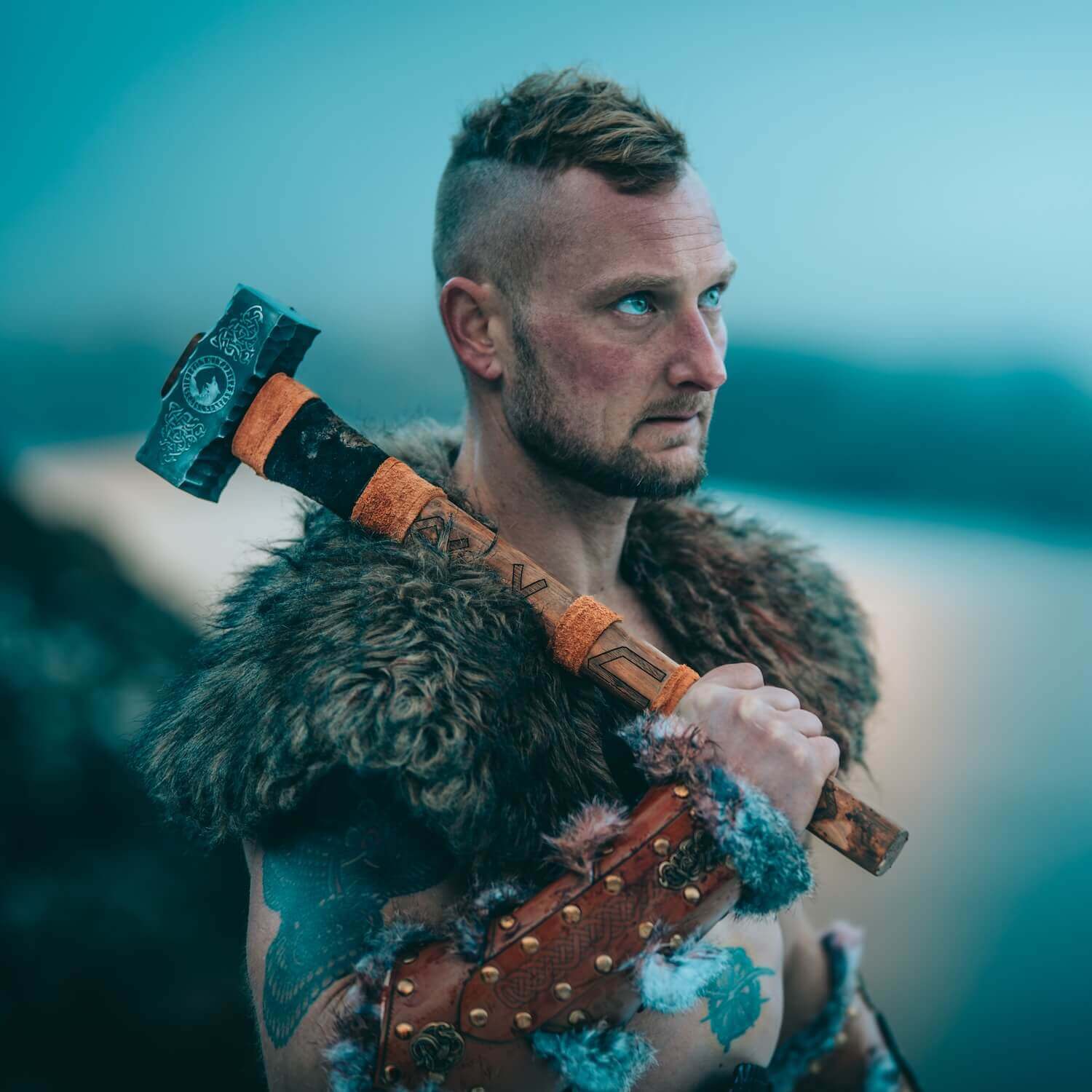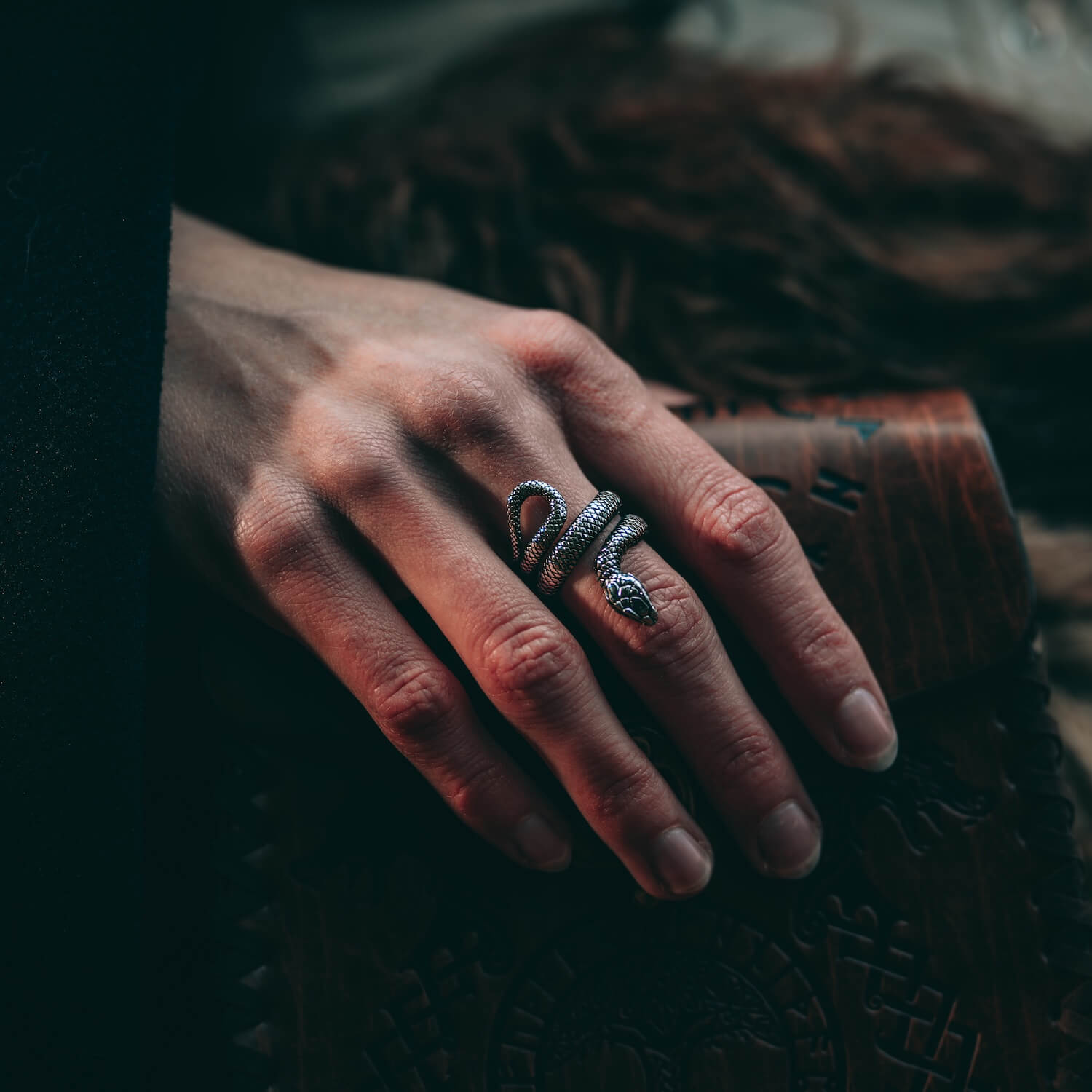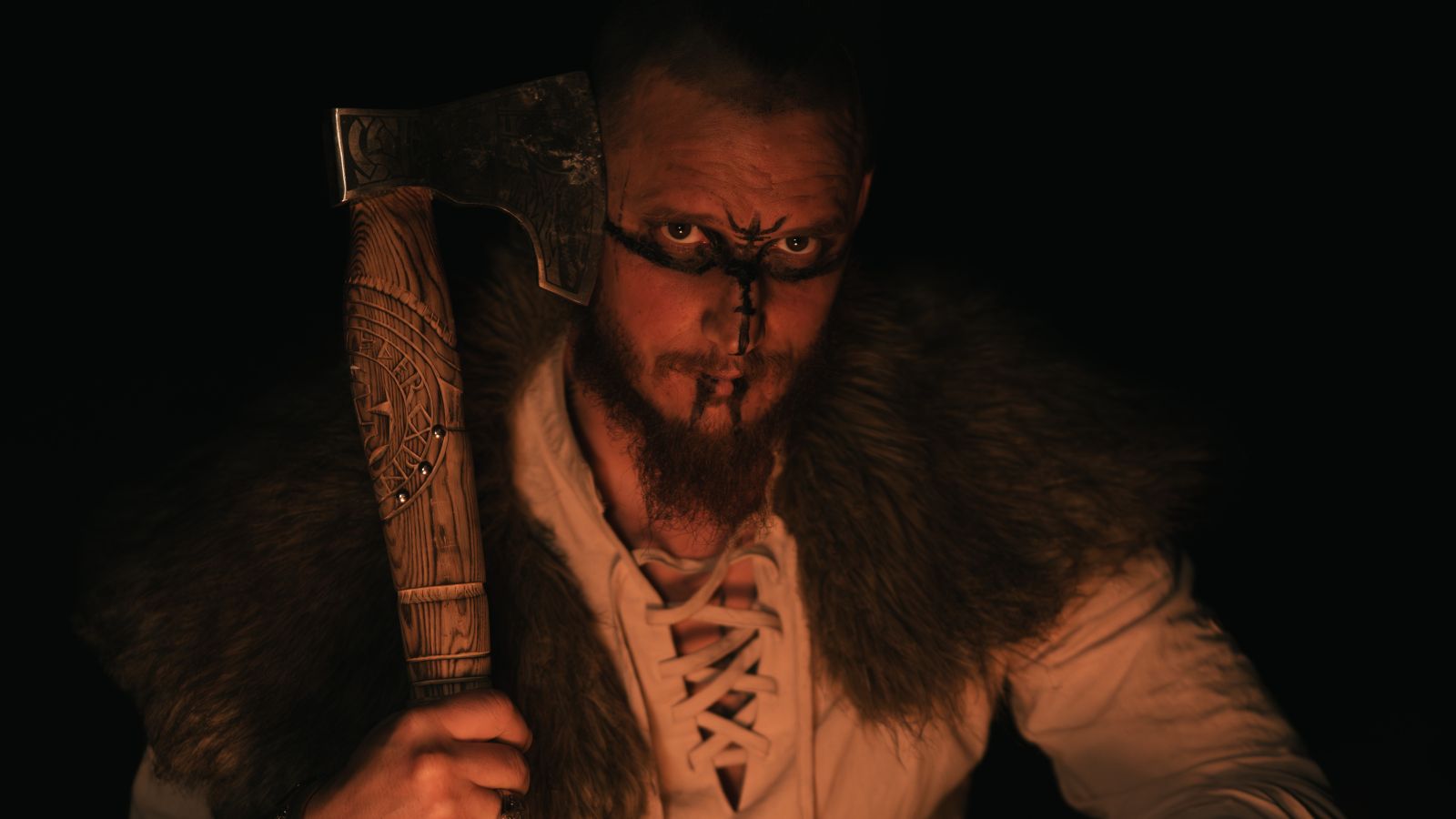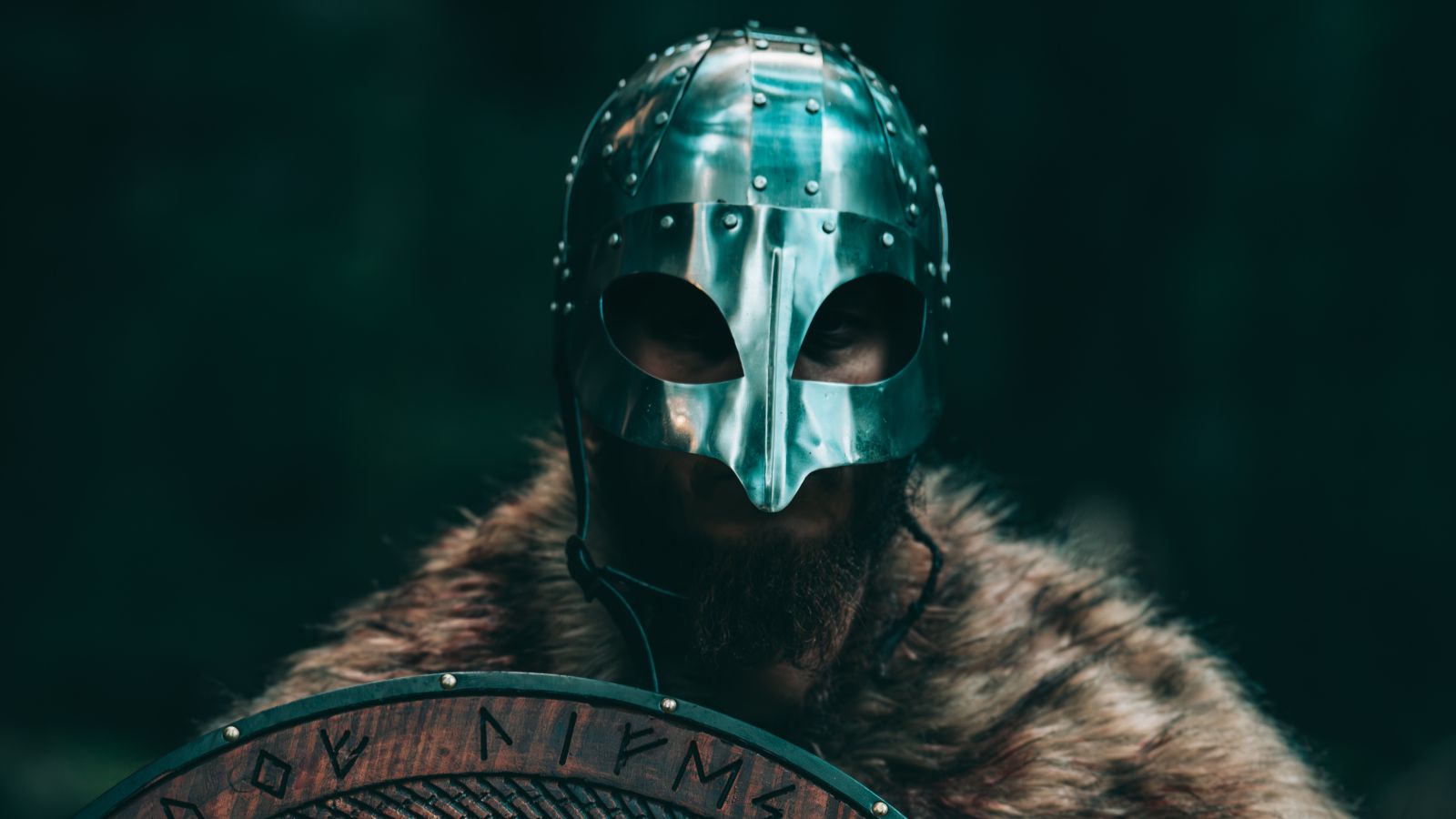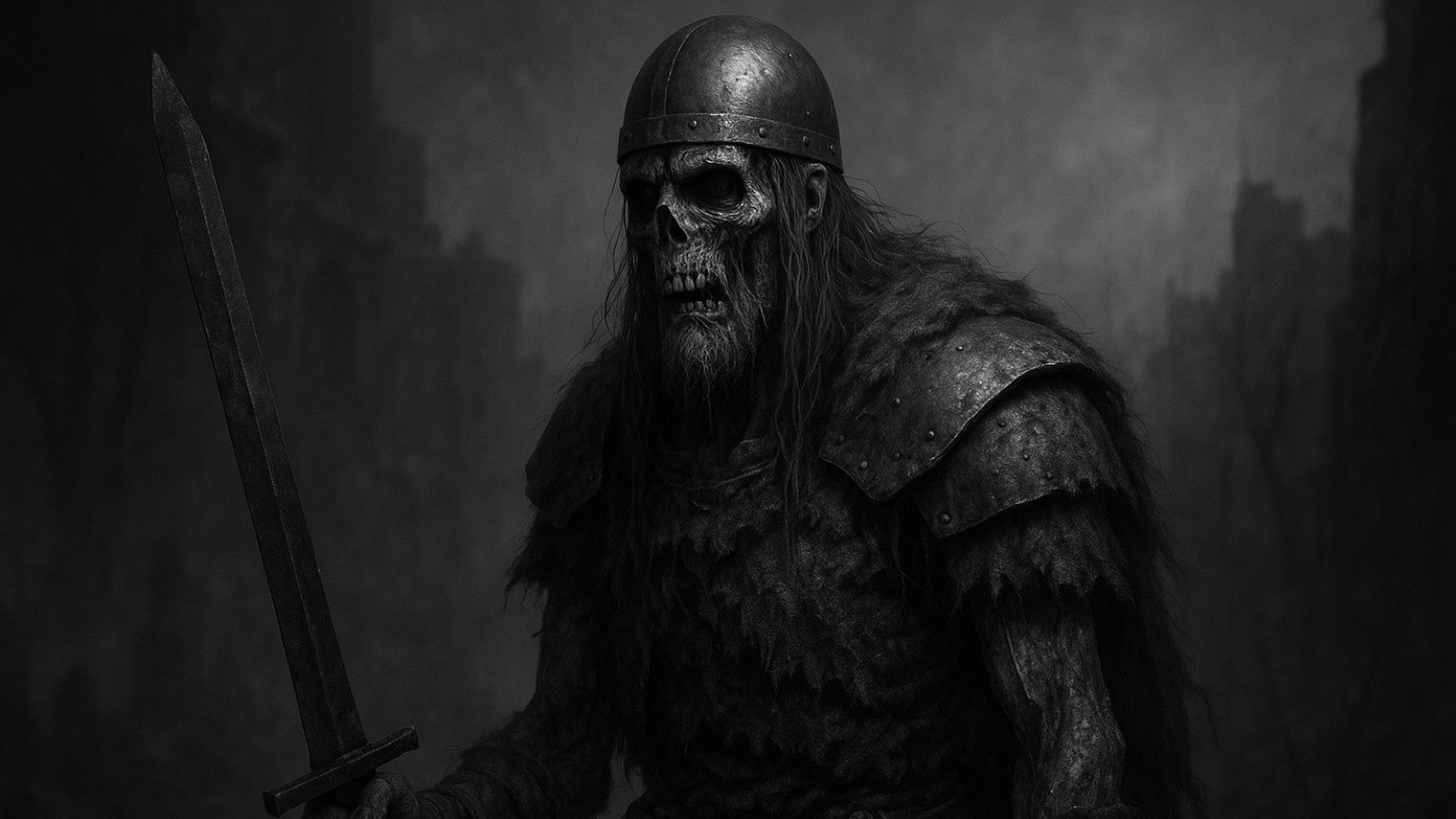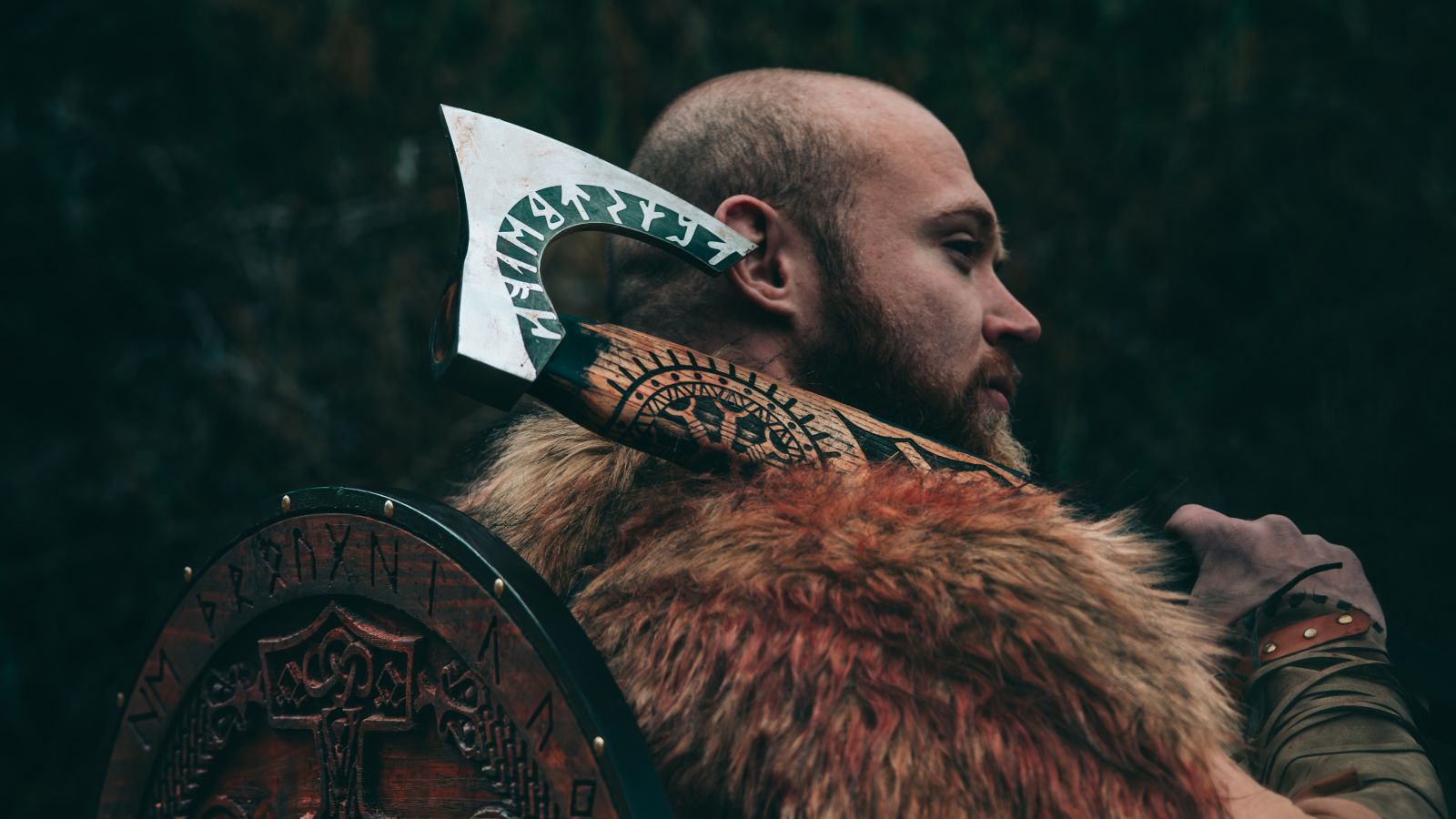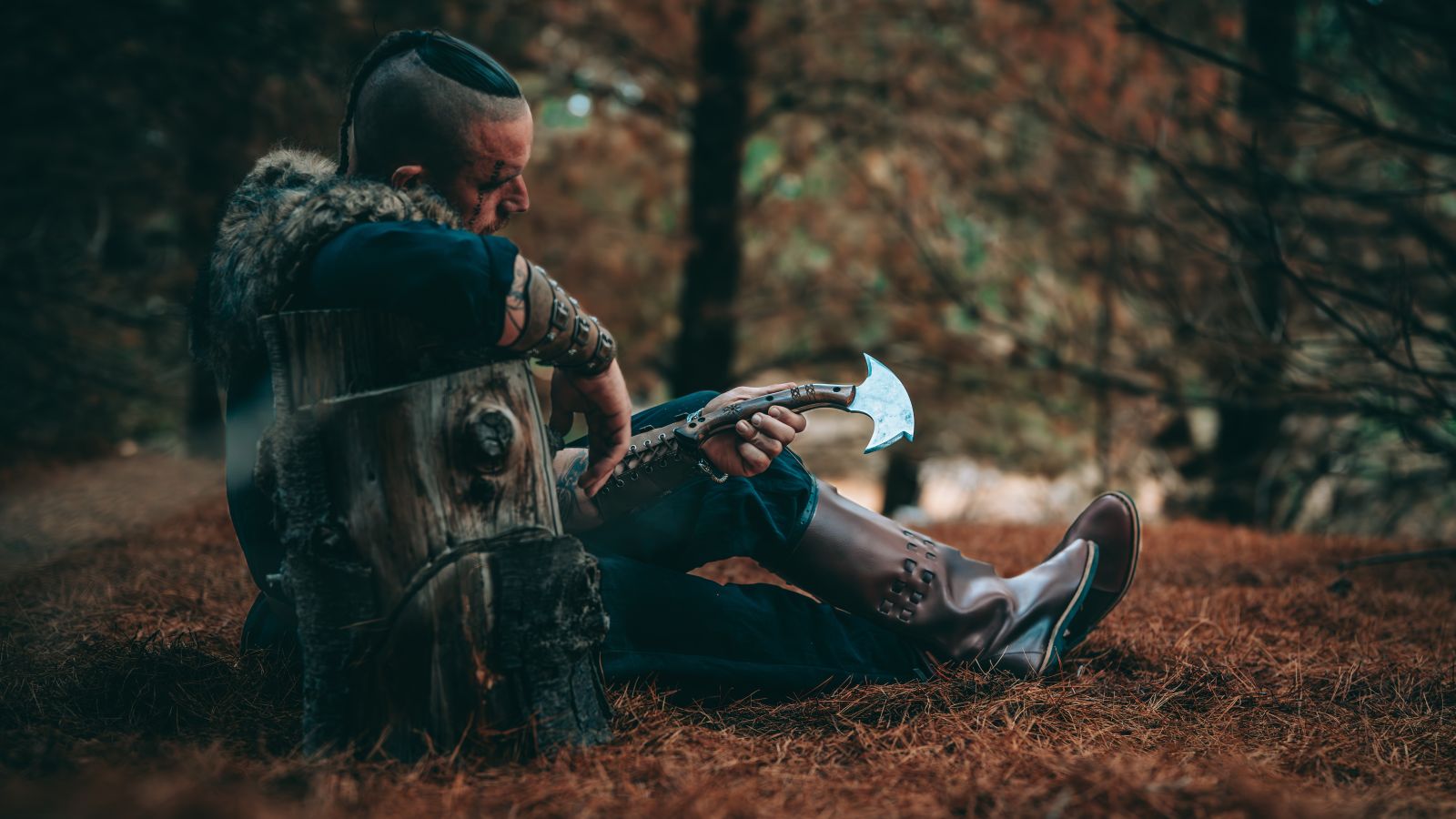
Debunking Viking Myths: What They Actually Wore and Used
When you hear the word "Viking," what's the first image that comes to mind? For many, it's a hulking warrior in a horned helmet, wielding a massive axe. But what if we told you that iconic image is almost entirely a myth?
We're passionate about bringing authentic Norse history and culture to life. Today, we're diving deep into the real world of the Norse people to debunk popular Viking myths and explore what they actually wore, fought with, and used in their daily lives.
Myth #1: The Horrific Horned Helmets
This is perhaps the most famous and persistent myth of all. The truth? No archaeological evidence has ever been found to support the idea that Vikings wore horns on their helmets. The image was largely popularized by 19th-century artists and opera costume designers, most notably during Richard Wagner's Der Ring des Nibelungen.
What they actually wore: The real Viking armor was far more practical. Most warriors wore simple, functional iron helmets, often of a conical or rounded shape with a nasal guard. These were incredibly effective at deflecting blows without snagging on tree branches or another warrior's shield. For the rest of their body, they wore padded leather or thick woolen tunics, and only the wealthiest warriors would have been able to afford a chainmail shirt.
Myth #2: Vikings Were Dirty and Unkempt Savages
The image of a long-haired, matted, and filthy Viking is a common Hollywood trope, but it couldn't be further from the truth. In fact, historical accounts from the Anglo-Saxons and others often describe the Norse as being fastidiously clean.
What they actually used: Vikings had a high standard for personal hygiene. Archaeological digs have uncovered numerous grooming tools, including tweezers, combs made of bone, and ear spoons. They also enjoyed frequent baths in natural hot springs and saunas. The tools they used were not only practical but often beautifully carved and decorated.
Myth #3: Viking Weapons Were Massive and Unwieldy
While a huge, two-handed axe makes for a dramatic movie scene, the reality of Viking weapons and tools was much more nuanced. The most common weapon was the spear, followed by the sword and the single-handed axe. Each was designed for efficiency and practicality, not just brute force.
What they actually used:
- Shields: The round shield was the foundation of Viking combat, used for both offense and defense in a shield wall formation.
- Axes: The Viking axe was a versatile tool, used for both combat and everyday tasks like cutting wood.
- Seax: The seax was a single-edged knife or short sword that was a vital part of every Viking's daily equipment. It was used for everything from eating to fighting.
Myth #4: All Vikings Wore Simple, Drab Clothing
Contrary to popular belief, Vikings were not afraid of color or style. Their Viking clothing was surprisingly sophisticated and varied, with textiles dyed from natural sources and often embellished with woven patterns, embroidery, and fur trim.
What they actually wore: Both men and women wore layers of woolen and linen tunics, often belted at the waist. Women's clothing included a long tunic covered by a pinafore dress, often fastened with oval brooches. Jewelry, including bracelets, necklaces, and brooches, was also an important part of a Viking's wardrobe, indicating their wealth and status.

